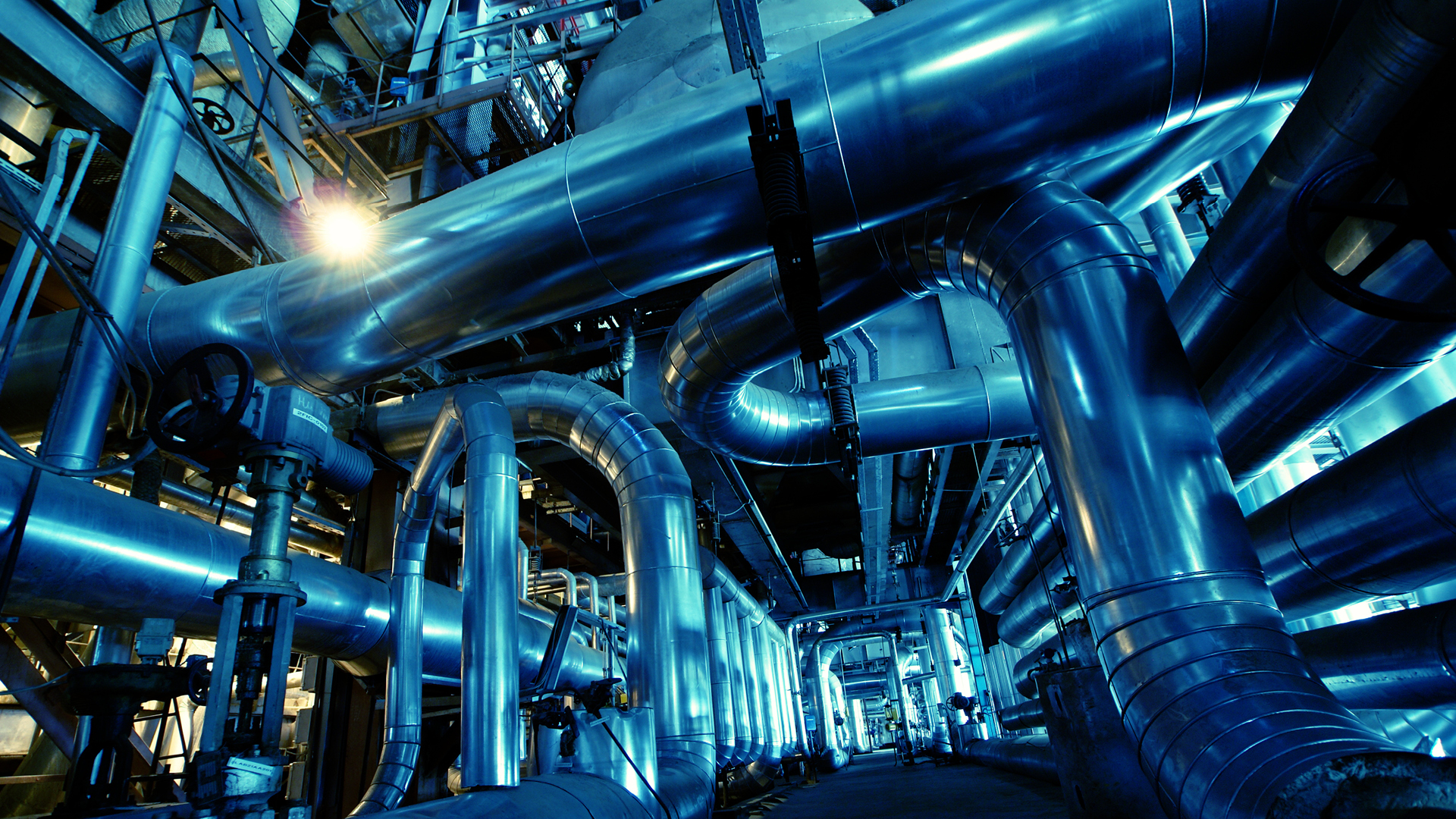
Publication
Road to COP29: Our insights
The 28th Conference of the Parties on Climate Change (COP28) took place on November 30 - December 12 in Dubai.


Italy | Publication | October 2020
For years, international initiatives to reduce greenhouse gas emissions have inspired EU leaders to transform Europe's economy into one with higher energy efficiency and lower carbon emissions. Biomethane is one emerging source of renewable energy which may be a suitable substitute for fossil fuels.
This article examines recent developments under Italian law to incentivise biomethane production.
The ministerial decree of March 2, 2018 defines 'biomethane' as:
“fuel obtained from biogas which, following appropriate chemical-physical treatments...meets the characteristics set by the Regulatory Authority for Electricity, Networks and the Environment (ARERA)...and is suitable for subsequent compression for the introduction of natural gas into the network...Biomethane also includes the fuel produced through the methanation of hydrogen obtained from renewable sources and of the CO2 present in biogas destined for the production of biomethane or produced by biological and fermentative processes, provided that it satisfies the aforementioned characteristics.”
In other words, biomethane is a biogas obtained through a refining and purification process (known as 'upgrading') which increases the concentration of methane (CH4) to levels higher than 95 per cent, eliminating CO2 and other impurities.
The legislation distinguishes between biomethane and advanced biomethane based on the materials from which the biogas is obtained. Annex 3 of the minister of economic development decree of October 10, 2014 and subsequent amendments made by Annex 3 of the ministerial decree of March 2, 2018 provide a list of the materials that can be used to produce biomethane or advanced biomethane.
The raw materials that give rise to biofuels that can be used to produce advanced biomethane include:
Separately, raw materials and fuels, such as used cooking oil and animal fats classified as Category 1 or 2 in accordance with EU Regulation 1069/2009, do not give rise to biofuels that can be used to produce advanced biomethane.2
Biomethane in gaseous form can be compressed for introduction into a gas pipeline network or for road transportation by tanker. In addition, a liquefaction process can be applied to create bioLNG (liquefied biomethane), which is transportable in special tanks.
Similar to natural gas or methane of fossil fuel origin, automotive biomethane can be used as fuel to power motor vehicles such as cars and commercial or heavy vehicles in bi-fuel or mono-fuel operation, in both gaseous and liquefied form.
The EU Green Deal emphasises that renewable energy sources will play an essential role in achieving climate neutrality, and the Clean Energy package includes a proposal to achieve a 32 per cent share of energy from renewable sources by 2030. Biomethane is one of the ways in which this may be achieved.
In 2006 Italy introduced a requirement to supply a certain volume of biofuels in order to reduce petrol and other fossil fuel consumption.
The principal parties which are the focus of the regulation are:
The GSE issues certificates of supply for consumption (CICs) to biomethane producers.
Obliged subjects that have not physically mixed and supplied biofuels for consumption into the market must present CICs and can do this by purchasing excess CICs from biomethane producers which have supplied more than their minimum mandatory quota. Therefore, CICs can be marketed and are the main incentive for using renewable fuels.
Each CIC certifies the supply for consumption of a quantity of biofuel equal to 10 GCal. However, for advanced biofuels (i.e. if the biomethane is produced exclusively from the raw materials listed above or those set out in Part A of Annex 3 of the ministerial decree of October 10, 2014), the CIC's value doubles according to a double-counting mechanism, which provides an augmented incentive, effectively meaning that a CIC is issued for every 5 GCal (equivalent to approximately 600 m3 of methane).
This regime will operate until December 31, 2022 and has a production limit of 1.1 billion m3 of biomethane per year, with subsidies available only for biomethane to be used in the transport sector.
The ministerial decree of March 2, 2018 aims to promote a progressive shift towards biomethane. In addition to the construction of new biomethane production plants, CICs may also be required where biomethane is produced in existing biogas manufacturing facilities.
Plants which produce biomethane from certain materials (i.e. animal by-products not intended for human consumption, by-products derived from food, agro-industrial activities and agricultural, livestock and forest management activities) can obtain numerous guarantees of origin from the GSE, corresponding to the emissions avoided by using biomethane.
Guarantees of origin can be sold to an obliged subject through bilateral contracts or a dedicated platform made available by the Italian Power Exchange.
Guarantees of origin are incompatible with all other forms of incentive provided under the ministerial decrees of March 2, 2018 and December 5, 2013. Therefore, guarantees of origin are not issued if CICs are issued.
As discussed above, producers of biomethane destined for the transport sector are entitled to receive one CIC from the GSE for every 10 GCal of biomethane released for consumption. Therefore, producers' revenues consist of payments from the sale of both biomethane and CICs.
In order to receive the corresponding CIC, a producer must first be accredited with the GSE. The application must be submitted to the GSE within one year of the plant commencing operations, and the result will be communicated within 120 days of receipt of the application. After a producer is accredited, it must inform the GSE of the supply agreements that it enters into and the obliged subjects (i.e. transport fuel distributors or sellers) involved.
Upon verification of the actual amounts of biomethane released for consumption, the GSE will issue the appropriate number of CICs to the producer on a monthly basis, which the producer can sell to the obliged subjects.
The incentives are granted for 20 years following the date of the biomethane's initial introduction into the supply chain.
Producers of advanced biomethane are entitled to:
Producers are also entitled to ask the GSE to exempt them (even partially) from this centralised off-take process to enable them to sell the advanced biomethane through private contracts. In such cases, they will still be entitled to receive the €375 per CIC premium.
Incentives for advanced biomethane are granted for 10 years from the start of the incentive period. After the end of the 10-year period, the producers will be entitled only to receive CICs for the remainder of the incentive period and will not be entitled to participate in the GSE off-take process or receive any CIC premium.
Existing biogas plants may be totally or partially converted to biomethane production, including with increases in production capacity. Under certain conditions, such plants may be accredited and entitled to the incentives provided under the ministerial decree of March 2, 2018. If the existing biogas plant is already in receipt of incentives for electricity production, access to the incentives provided under the ministerial decree of March 2, 2018 will be possible, provided that:
The applicable incentive consists of issuing CICs according to the amount and type of biomethane produced, as outlined above.
The incentive period is equal to the remaining incentive period for electricity plus 10 years in the case of a plant which is already receiving incentives for electricity generation. Otherwise, the period is equal to 20 years from the start of the incentive period.
Biomethane has advantages over other alternative energy technologies such as wind and photovoltaic because it is more reliable (its production being independent of variable weather conditions) and can be made available in any location. The prospects for biomethane as an energy source in Italy are promising; it has the potential to become one of the main protagonists in Italy's future energy sector and would facilitate the transition to a circular economy model.
This article was originally edited by, and first published on, www.internationallawoffice.com

Publication
The 28th Conference of the Parties on Climate Change (COP28) took place on November 30 - December 12 in Dubai.

Publication
Africa faces a stark reality: contributing less than 4% of global greenhouse gas emissions, the continent is disproportionately impacted by climate change, threatening its development and stability.

Publication
Miranda Cole, Julien Haverals and Emma Clarke of our Brussels/ London offices are the authors of a chapter on procedural issues in merger control that has been published in the third edition of the Global Competition Review’s The Guide to Life Sciences. This covers a number of significant procedural developments that have affected merger review of life sciences transactions.
Subscribe and stay up to date with the latest legal news, information and events . . .
© Norton Rose Fulbright LLP 2023